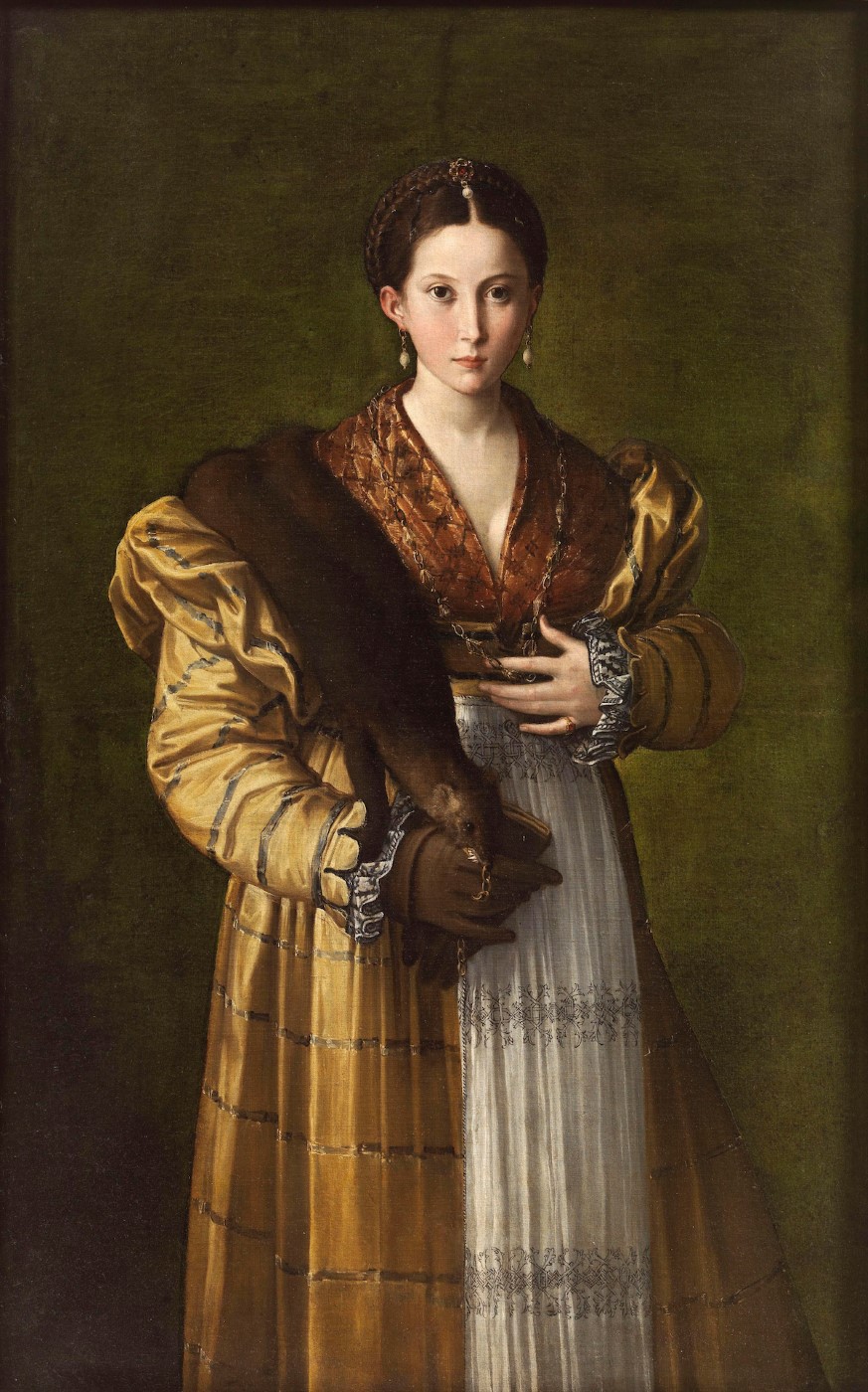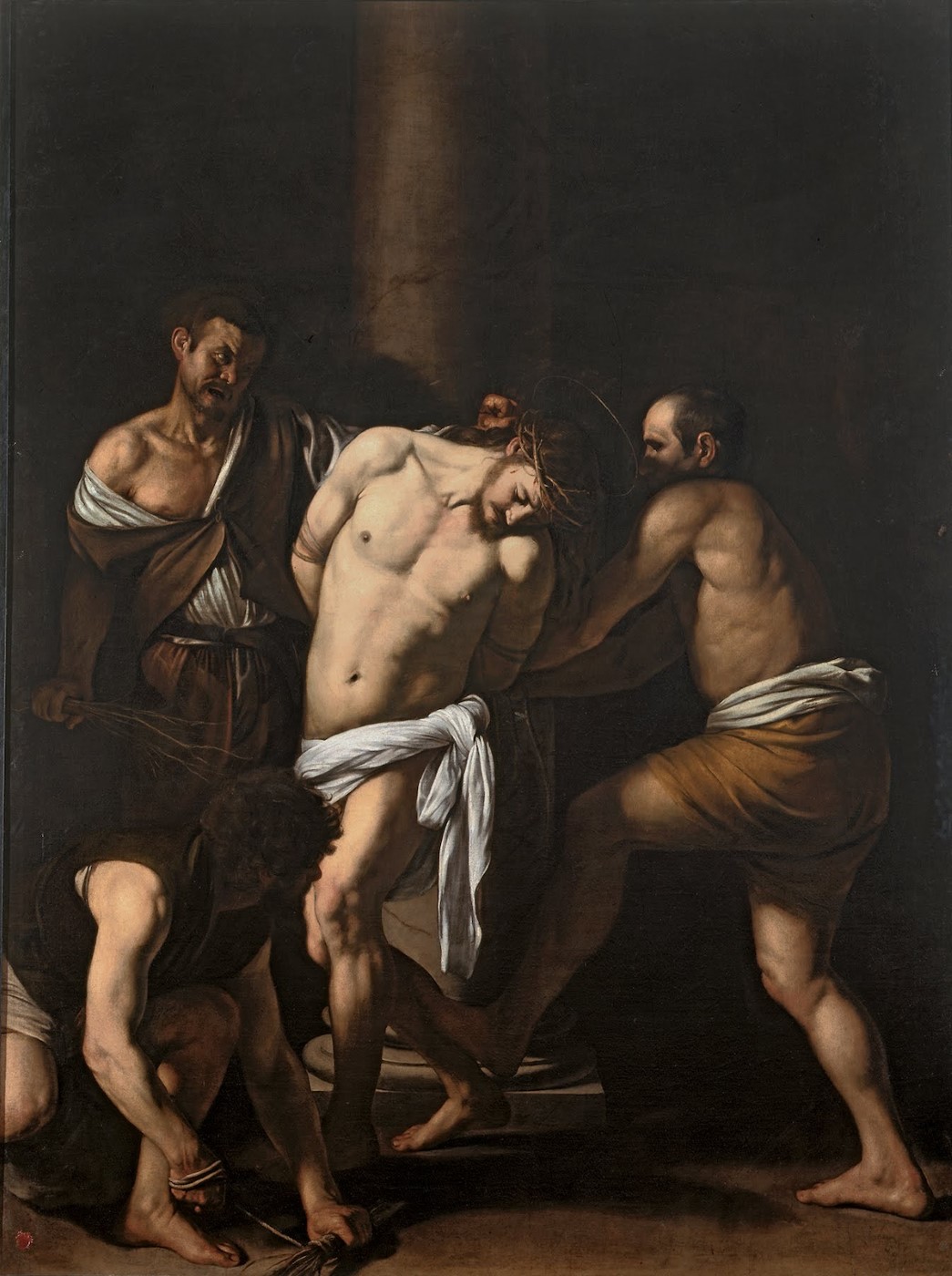
"Atalanta and Hippomenes," by Guido Reni (Photography courtesy of the Kimbell Art Museum)
This month, the exhibition “Flesh and Blood” unveils to much fanfare at the Kimbell Art Museum, traveling from its home, the Capodimonte Museum in Naples — an institution little known to the public but a haven for scholars of the Italian Renaissance and Baroque. Comprised of some of the most renowned artists of the 16th and 17th centuries, the exhibition presents the titans of Old Master art history: Titian, Raphael, Parmigianino, El Greco, Annibale Carracci, Artemesia Gentileschi, Guido Reni, Jusepe de Ribera, and Luca Giordano.
On the eve of the exhibition opening, I met with recent hire Guillaume Kientz, Kimbell Art Museum curator of European Art, seeking details about how this exhibition came to be. “For the Kimbell to mount an exhibit of such importance is a great opportunity,” says Kientz, who came to the museum a year ago from the Louvre in Paris. (His most recent calling card: curating an international exhibition of works by El Greco.)
“The plans began before I arrived in Texas, but I jumped right in,” adds Kientz. “Our main concern in accepting a traveling exhibition is that the high quality of works, as exemplified by the Kimbell’s renowned collection, must be maintained. ‘Flesh and Blood’ brings in yet another ‘best’ collection to be seen at the Kimbell … It is a jewel.”

SEX, POWER, CONNOISSEURSHIP
Those words sum up the formidable history of the Farnese family, which ties directly to these works. Julia Farnese brought her aristocratic family into the highest realms of the society of her time. She was the mistress of Pope Alexander VI, aka Rodrigo Borgia. Her younger brother, Alessandro Farnese, became a cardinal of the Roman Catholic Church and would eventually become pope. He commissioned the finest artists of the time to paint portraits of his family for their palace and for his own apartments in the Vatican.
“The Farnese family palace in Rome is still one of the most resplendent,” Kientz says. “Michelangelo painted the palace walls, and in a city where real estate land is only had at a premium, the Farnese Palace is one of the few remaining independent and freestanding palaces in the city.” With their ascension into the ruling classes of Europe, the Farneses established themselves as patrons of the arts and the community at large, which confirmed their legacy as such in perpetuity.
“The exhibit opens first with a visual narrative of the Farnese family, including portraits by Raphael and Titian,” Kientz says. “The collection reflects the importance of the Farnese family and the power of their papacy.” The last Farnese married the son of the King of Spain, who also served as the Viceroy of Naples, which is how the Farnese collection landed in Naples at the Capodimonte Museum.

NARRATIVE + MEANING TODAY
Kientz views the exhibit as a journey for each visitor, not only as they travel through the time and space of the collection but as “a journey within yourself. Human destiny and fate itself are captured in these emotionally charged images … While some of the paintings may not shock you necessarily, they will certainly shake you. Caravaggio’s The Flagellation of Christ, for example, tells a story of violence and oppression. There is, however, nothing to be afraid of because there is still so much beauty in the painting. I think this exhibit shows beauty most of all — even in the most violent or seemingly oppressive pieces — for beauty resides in everything.”
“Flesh and Blood: Italian Masterpieces from the Capodimonte Museum,” at the Kimbell Art Museum, March 1 to June 14, kimbellart.org.

_md.jpeg)








